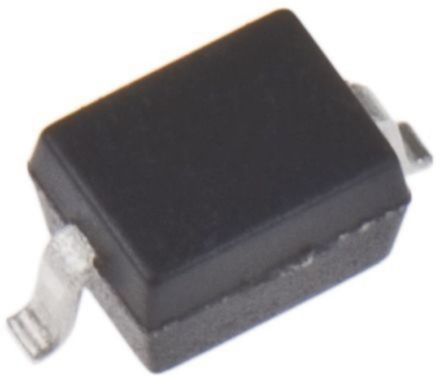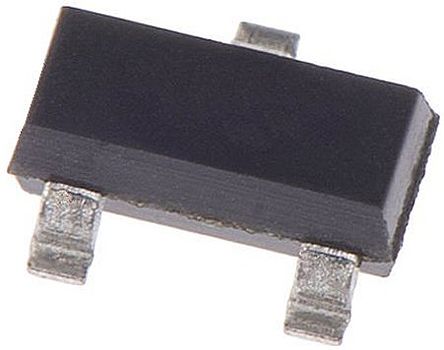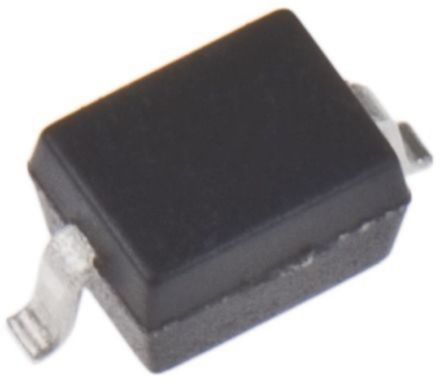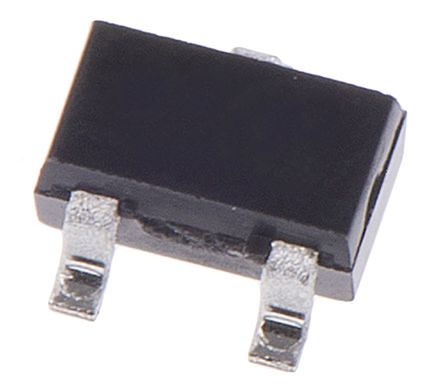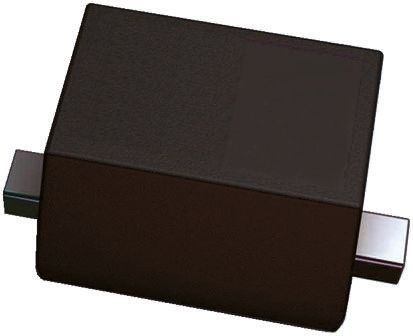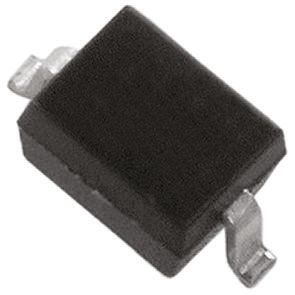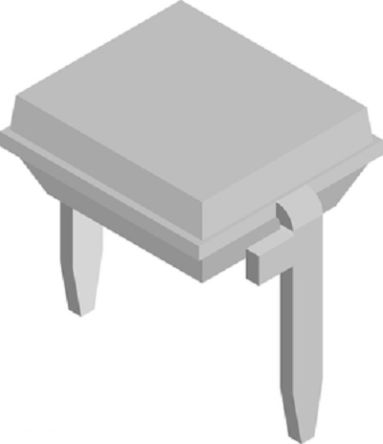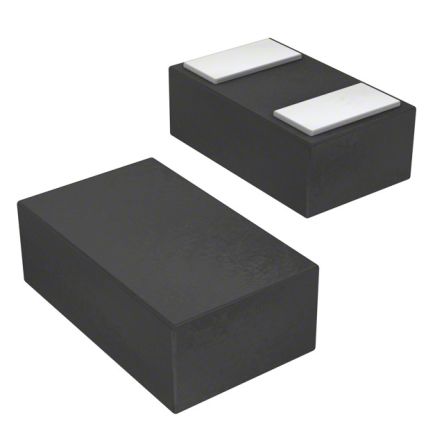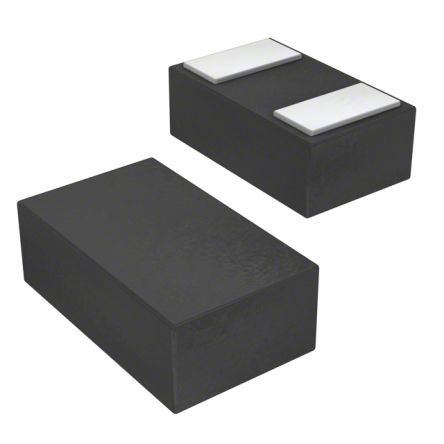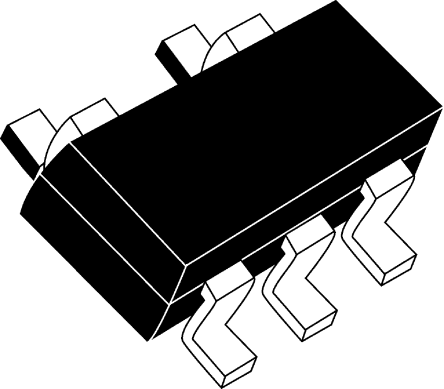- Automation & Control Gear
- Cables & Wires
- Enclosures & Server Racks
- Fuses & Circuit Breakers
- HVAC, Fans & Thermal Management
- Lighting
- Relays & Signal Conditioning
- Switches
- Batteries & Chargers
- Connectors
- Displays & Optoelectronics
- ESD Control, Cleanroom & PCB Prototyping
- Passive Components
- Power Supplies & Transformers
- Raspberry Pi, Arduino, ROCK, STEM Education & Development Tools
- Semiconductors
PIN Diodes
PIN diodes are a type of diode (a device that transmits current primarily in one direction) with a wide area of pure semiconductor material in the middle. This area allows the PIN diode to store large amounts of charge. Unlike Zener diodes, which generate low power to protect circuits from over-voltage, PIN diodes are specifically designed for use within high-frequency or high-voltage applications.
How do Pin diodes work?
A PIN diode works using what is known as a high-level injection: it will only start to conduct current once the central area of pure semiconductor material reaches a certain level of charge. Because this creates an electrical field that extends deep into the area, it speeds up the transport of charge carriers from one end of the diode to the other. This, in turn, speeds up the diode's performances. A pin diode also features a low capacitance when reverse-biased.
What are Pin diodes used for?
PIN diodes are often used in RF protection circuits, attenuators, fast switches, photodetectors and high-voltage electronics applications.

